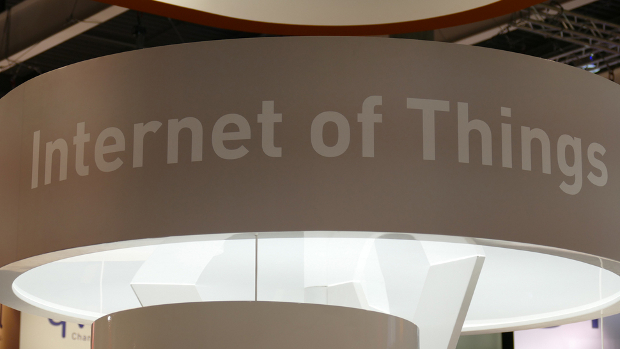Inmarsat has built a global IoT network by combining land-based low-power networks with its mesh of communications satellites, bringing data connections to things such as cattle in Australia and reservoirs in Malaysia.
The system will combine global reach with one of an emerging class of networks designed for small, low-power devices like sensors. With cellular-or-better range but slower speeds than LTE, these networks can be an economical way to connect widely dispersed devices that use small amounts of data.
The land networks that link to Inmarsat’s satellites will use LoRaWAN, a technology that enterprises can roll out on their own, including at sites that mobile operators don’t serve. Multiple vendors make equipment for LoRaWAN, which is based on a specification from the LoRa Alliance.
LoRaWAN runs on unlicensed spectrum, but both enterprises and mobile operators, including Orange and SK Telecom, are now using the technology. There are also other emerging low-power wide-area networks (LPWAN) from outside the cellular world, including Sigfox and Ingenu. LTE has its own low-power variants, which carriers such as Vodafone, Verizon and AT&T are pursuing. There are even more options than these to choose from, but popularity matters because not all will survive over the next several years, Tolaga Research analyst Phil Marshall says.
Inmarsat developed its system in conjunction with Actility, which sells a turnkey LoRaWAN platform called ThingPark and professional services to help in deployment.
As it announced the worldwide network, Inmarsat and Actility outlined three current use cases for the system. On a remote ranch in Australia, LoRaWAN sensors on cattle track their locations and send out alerts when an animal is acting erratically, nearing the perimeter of the ranch or in danger of getting lost. In the past, employees had to go out and look for stray cattle.
A LoRaWAN network on a palm oil plantation in Malaysia carries data from reservoir level and soil moisture sensors. That information allows for more efficient production, with water sent right where it is needed, the companies said. And on oil platforms with little or no cellular coverage, a LoRaWAN system streams data that can help identify where equipment might soon fail. A central SCADA system can use that data to adjust settings.
IDG News Service







Subscribers 0
Fans 0
Followers 0
Followers